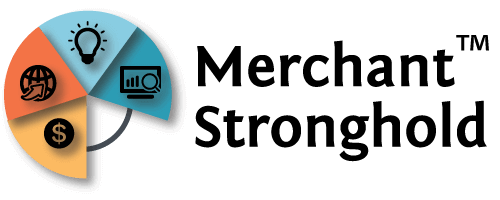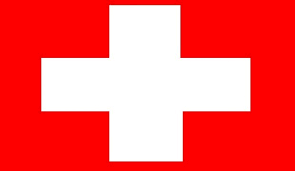Swiss Franc Overview
Significance of the Swiss Franc
The Swiss Franc has a notoriety for being a place of refuge or hard cash; it is regularly acquired amid budgetary vulnerability because of its unwavering quality and dependability. Routinely utilized as a worldwide hold cash, the Swiss Franc is the 6th most exchanged money on the planet. All CHF banknotes highlight the four national dialects of Switzerland: Germany, Romansh, French, and Italian.
Brief History of Swiss Franc
Before the Helvetic Republic, more than 860 distinct coins coursed in Switzerland. In 1798, the Franc cash was presented and utilized until 1803 alongside various outside monetary standards. Amid this time, there was an unpredictable money framework containing more than 8,000 distinct coins and banknotes available for use. Under the Federal Coinage Act, all monetary standards were supplanted by the Swiss Franc, which was presented at standard with the French Franc in 1850. Switzerland received the best quality level in 1865 as an individual from the Latin Monetary Union, legitimately keeping up it until 2000.
Currency Facts
Name: Swiss Franc
Symbol: CHF Rappen (German), centime (French), centesimo (Italian), and rap (Romansh): Rp.
Minor Unit:
1/100 = Rappen (German), centime (French), centesimo (Italian), and rap (Romansh)
Central Bank Rate: -0.75
Top CHF Conversion:
EUR/CHF
Top CHF Chart:
EUR/CHF Chart
Inflation: -0.40%
Nicknames: Stutz, Stei, Eier (Swiss), Chuffs
Coins:
Freq Used: CHF1, CHF2, CHF5, 5Rp., 10Rp., 20Rp., 50Rp.
Banknotes:
Freq Used: CHF10, CHF20, CHF50, CHF100, CHF200, CHF1000
Central Bank:
Swiss National Bank
Website: http://www.snb.ch/
Users: Switzerland, Liechtenstein, Campione d’Italia

